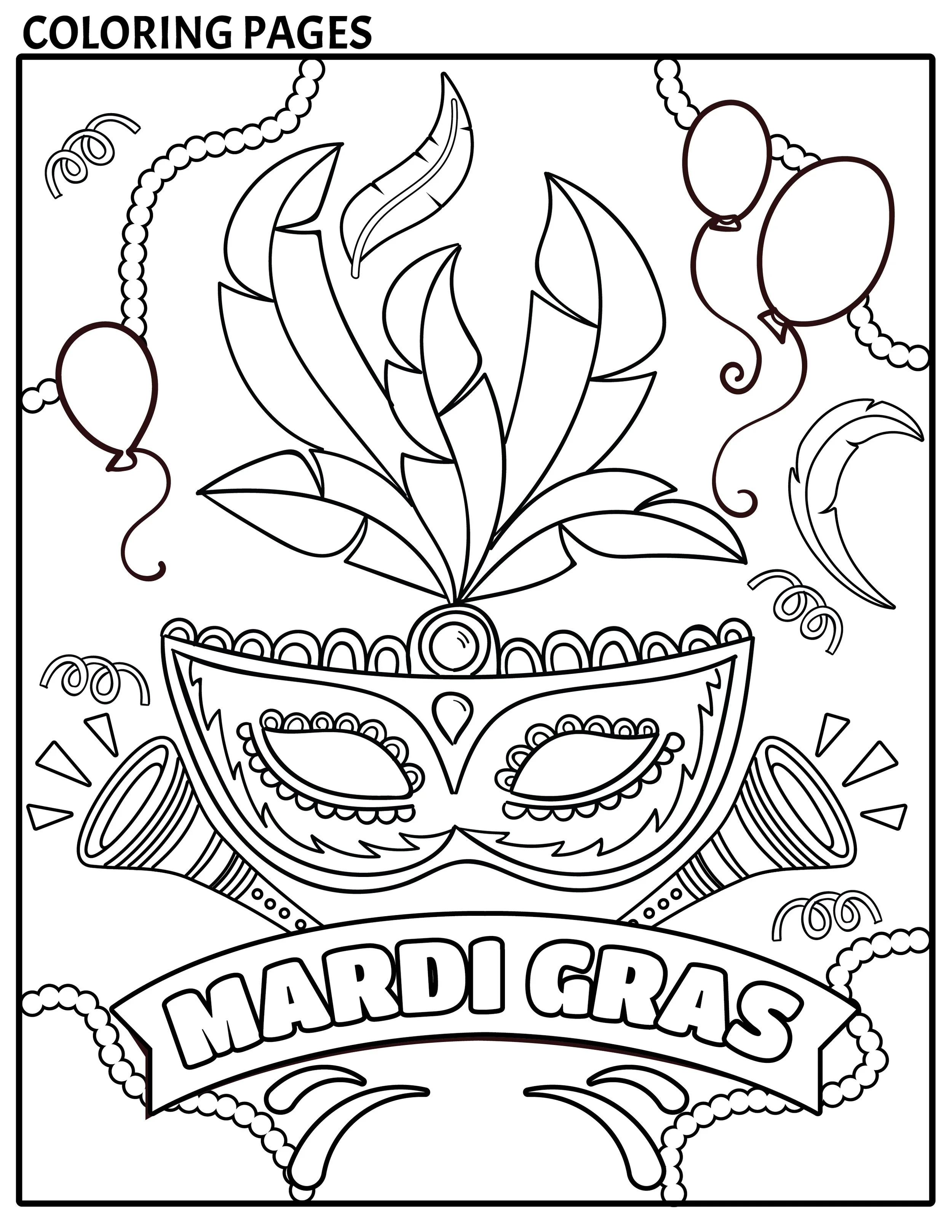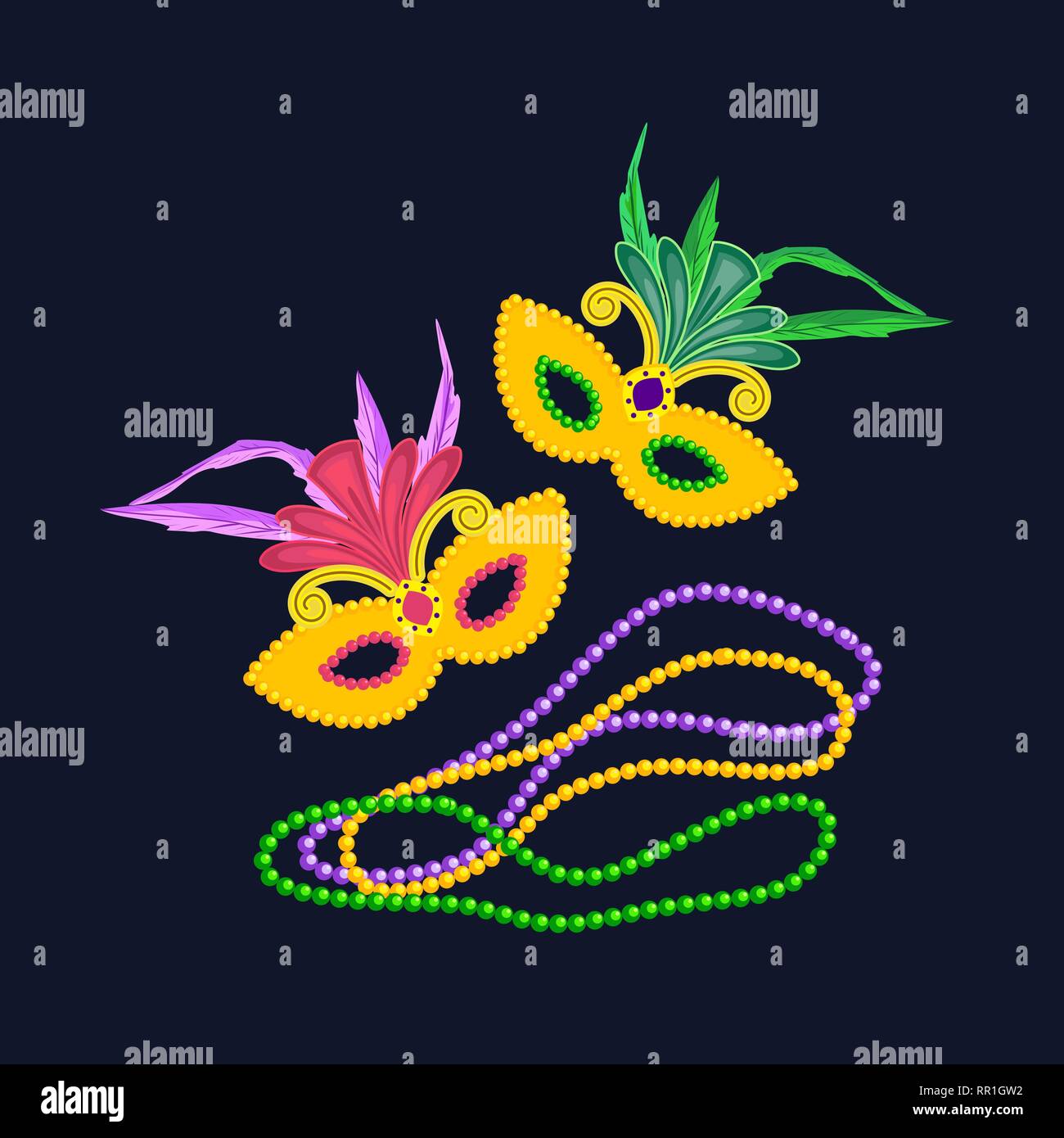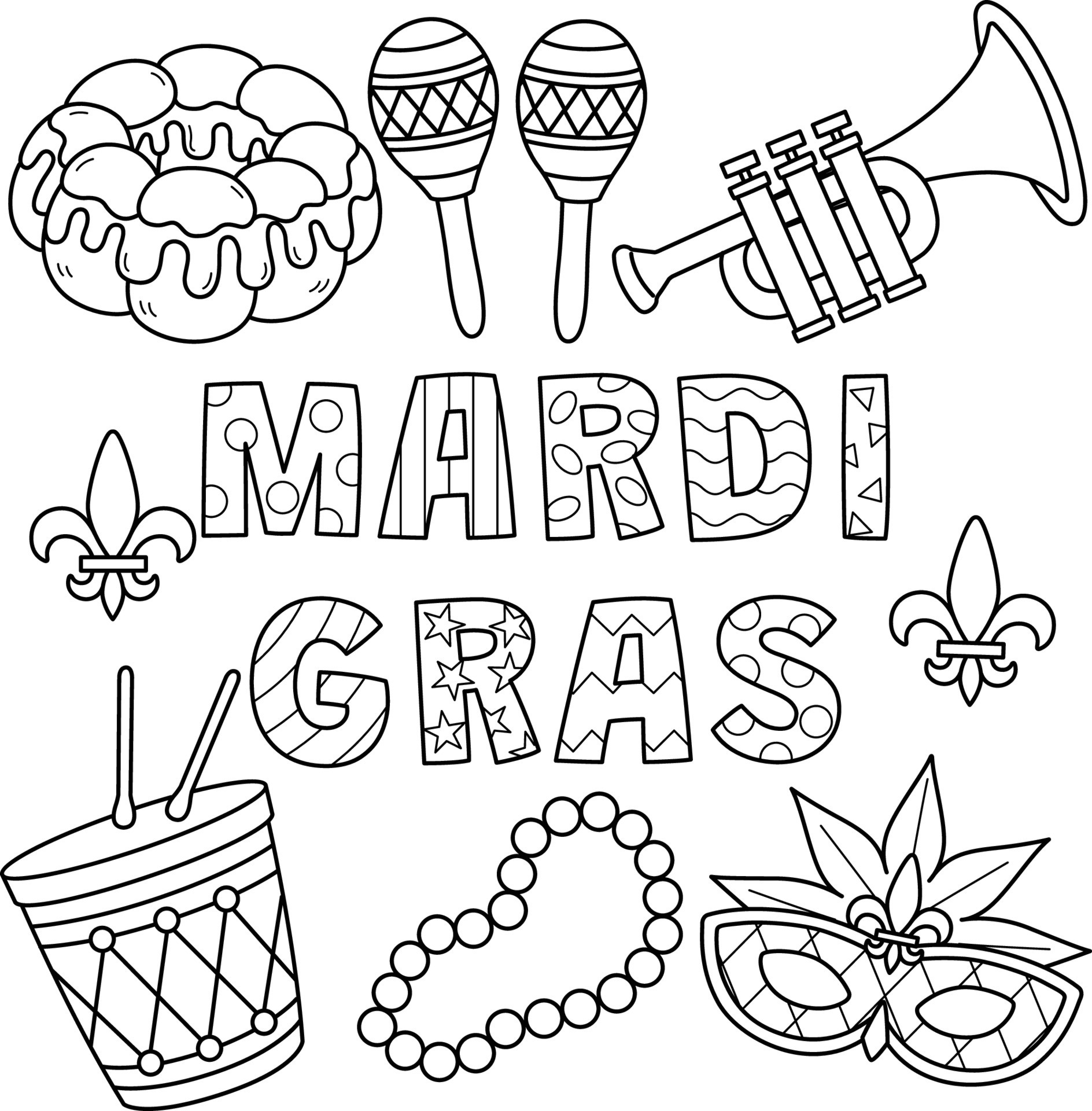Gallery
Photos from events, contest for the best costume, videos from master classes.
 |  |
 |  |
 |  |
 |  |
 |  |
 |  |
Learn about the seven main Mardi Gras symbols and their religious and cultural significance. Find out the history and meaning of Mardi Gras beads, colors, throws, masks, fleur de lis and king cakes. Learn about the 11 top symbols of Mardi Gras, from the fleur-de-lis to the king cake, and their origins and significance. Discover how Mardi Gras is a cultural event with French, Spanish, and Native American influences, and how to enjoy it in New Orleans. What Do the Symbols of Mardi Gras Mean? The symbols of Mardi Gras hold significant meanings. Purple symbolizes justice, green stands for faith, and gold represents power. The Fleur de Lis signifies purity and is linked to Mary's title as Queen of Heaven. King Cake represents the richness of the diet given up during Lent. Boeuf Gras. The fatted bull or ox is the ancient symbol of the last meat eaten before the Lenten season of fasting and the end of Carnival. According to Mardi Gras expert Arthur Hardy, a live version was part of the Rex parade until 1909. A papier-maché version appeared in 1959 and continues as one of Carnival's most recognizable symbols. Captain Learn about the origins, traditions and meanings of Mardi Gras, the Christian feast day that marks the end of Carnival. Discover the seven symbols of Mardi Gras, including the fleur de lis, the king cake, and the beads, and how to enjoy the parades, krewes, and throws of this festive holiday. The season, which represents a time of celebration before Christian Lent, lasts until Fat Tuesday. Fat Tuesday, or Mardi Gras Day, is March 4, 2025. Between January 6 and March 4, enjoy parades, king cake, community celebrations, and more. For a list of future Mardi Gras Day dates, see here. Where in New Orleans can I experience Mardi Gras? Mardi Gras (UK: / ˌ m ɑːr d i ˈ ɡ r ɑː /, US: / ˈ m ɑːr d i ɡ r ɑː /; [1] [2] also known as Shrove Tuesday) is the final day of Carnival (also known as Shrovetide or Fastelavn); it thus falls on the day before the beginning of Lent on Ash Wednesday. [3] They’re a dime a dozen during Mardi Gras and the iconic symbol of the season. Mardi Gras beads come in a variety of different colors, shapes, and sizes, and have only gotten more elaborate over the years, but catch three simple strands, one in purple (justice), one in green (faith), and one in gold (power), for the trifecta. Float riders toss beads, cups and doubloons to fans and revelers in the 2013 Krewe of Bacchus Mardi Gras Parade on Feb. 10, 2013, in New Orleans Skip Bolen—Getty Images Beads and Throws Symbol of Celebration: Mardi Gras, translating to “Fat Tuesday” in French, is a celebration of joy and indulgence before the Lenten season of fasting begins. Cultural Heritage: The festival features a rich blend of cultural influences, particularly from French, Spanish, and African traditions, especially prominent in New Orleans. Mardi Gras Free Printables This collection features a wide range of printables, including word searches, crosswords, scattergories, and trivia quizzes to test your knowledge of Mardi Gras. It also includes potluck sign-up sheets for coordinating food contributions from guests, tracing worksheets for younger fans, and charades cards for engaging BONUS: According to legend, Mardi Gras colors influenced the choice of school colors for archrivals Louisiana State University and Tulane University. They say when LSU was deciding on its colors, the shops in New Orleans had stocked up on purple, green, and gold for the Mardi Gras season. The Mardi Gras traditions show off New Orleans’ rich culture. Get ready to be wowed by the creativity and passion that make this celebration so special! The Rich History Behind Mardi Gras Celebrations. The history of Mardi Gras is a captivating story that spans centuries and continents. It started as a simple feast before Lent in medieval Europe. An endearing and venerated symbol of Mardi Gras, the king cake baby is a plastic doll with a fascinating lineage dating back to ancient times, when a tiny token would be concealed in bread or cake as a symbol of fertility and new life. “Quand Mardi gras est de vert vêtu, Pâques met des habits blancs.“ (When Mardi Gras is dressed in green, Easter is dressed in white.) “Le soir de Mardi gras, il faut danser sur les fumiers pour avoir des navets.” (On Mardi Gras night, you must dance on the manure to get turnips..) “Mardi gras sous la pluie, l’hiver s’enfuit.” Another significant symbol is the king cake, a festive pastry enjoyed during the Mardi Gras season. Traditionally, a small figurine (often a baby) is hidden within the cake, and the person who Where Did Mardi Gras Start in the U.S.? While many believe Mardi Gras originated in New Orleans, the truth is the celebration as you know it today originated in the U.S. as the Mobile, Alabama Mardi Gras. The first Mardi Gras celebration happened in Mobile in 1703 and the first Mardi Gras parade was held there in 1840. Celebrations in New Venetian masks are some of the most popular and recognizable, and it is obvious that Mardi Gras draws inspiration from them. There are even entire stores in Louisiana dedicated to masks, most notable of which being Maskarade in New Orleans. Located only a minute away from the St. Louis Cathedral, it is home to a huge selection of Mardi Gras masks. The celebration of Mardi Gras begins every year 47 days before Easter whether that falls in February or March. These free sources of Mardi Gras clip art images will help you celebrate create your Mardi Gras party invitations, cards, brochures, flyers, or other projects with style and flair. The reason these colors are so prevalent is because they are one of the symbols of Mardi Gras. Since 1872, purple, green and gold have been the official Mardi Gras colors. Keep reading to learn who assigned them their meaning and why these colors are associated with the holiday, and make sure to scroll down to get a free Mardi Gras coloring
Articles and news, personal stories, interviews with experts.
Photos from events, contest for the best costume, videos from master classes.
 |  |
 |  |
 |  |
 |  |
 |  |
 |  |